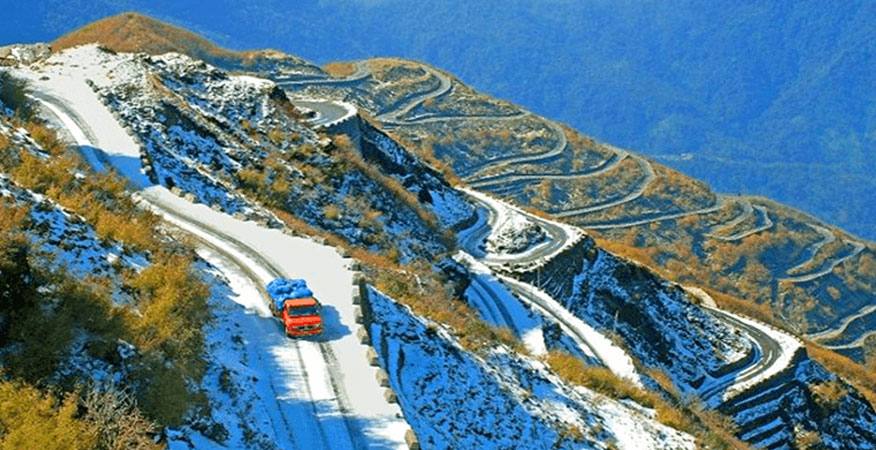Nathula Pass is a high-altitude mountain pass in the Himalayas that connects the Indian state of Sikkim with China’s Tibet Autonomous Region. The pass holds historical significance due to its role as an ancient trade route between India and Tibet. It was part of the famous Silk Road, facilitating trade and cultural exchange between these regions.
During the British colonial period, Nathula Pass was a major route for trade between British India and Tibet. It was traversed by traders, merchants, and pilgrims. However, after the Sino-Indian War of 1962, the pass was closed for several decades due to political tensions between India and China.
Importance in Tourism:
In recent years, Nathula Pass has become an important tourist destination, drawing visitors due to its historical significance, natural beauty, and the opportunity to witness the border between India and China. Here are some reasons for its importance in tourism:
Historical Significance: The pass’s historical importance as a trade and cultural route attracts history enthusiasts and those interested in the region’s past.
Breathtaking Views: Nathula Pass is surrounded by snow-covered peaks, offering breathtaking views of the Himalayas. The landscape’s grandeur is a major draw for nature lovers and photographers.
Indo-China Border: Nathula Pass serves as a visible reminder of the India-China border. Tourists can experience the geopolitical context of the region and witness the border gates on both sides.
Changu (Tsomgo) Lake: Located near Nathula Pass, Changu Lake is a glacial lake surrounded by mountains. It’s a popular tourist spot and offers boating during the warmer months and frozen landscapes during winter.
Permits and Regulations: Due to the sensitive nature of the border area, tourists require special permits to visit Nathula Pass. This adds an element of adventure and intrigue to the journey.
War Memorial: At Nathula, there’s a war memorial commemorating the soldiers who lost their lives during the 1962 war. It serves as a reminder of the sacrifices made during that time.
Cultural Exchange: The reopening of Nathula Pass for tourism has allowed for limited people-to-people contact between Indians and Tibetans from the other side. This cultural exchange adds depth to the travel experience.
Adventure Tourism: The journey to Nathula involves navigating steep and winding roads, adding an adventurous element to the trip.
Peaceful Atmosphere: Despite its historical significance, Nathula Pass now stands as a symbol of peace and diplomacy. Visitors can appreciate the calm surroundings and the efforts to maintain harmony in the region.
Nathula Pass’s unique blend of history, geopolitics, natural beauty, and cultural exchange make it an attractive destination for tourists seeking a multifaceted experience in the Himalayas.

